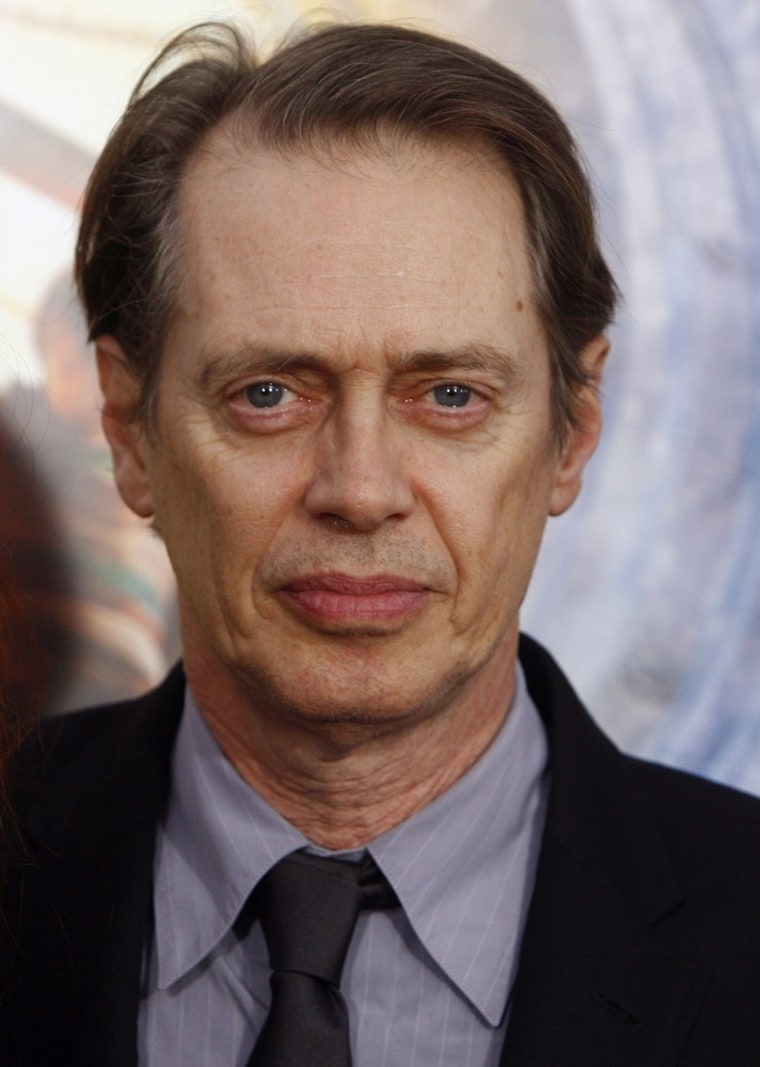Bug-eyed, neurotic Steve Buscemi played Mr. Pink in “Reservoir Dogs,” Donny in “The Big Lebowski,” and gangster Tony Blundetto in "The Sopranos” — three characters that exist in the pantheon of cool.
Or maybe not.
Ilan Dar-Nimrod, a post doctoral social psychology researcher at the University of Rochester Medical Center in New York, doesn’t believe the creepy Buscemi is cool.
On the other hand, his friend, Ian Hansen, an assistant professor of psychology at York College, thinks he is.
To settle the debate about Buscemi’s cool cred, the two researchers came up with an uncool, albeit scientific, solution: they conducted an empirical investigation into the nature of coolness, just published in the Journal of Individual Differences.
To get to the heart of cool, the researchers came up with three separate studies. In the first, they asked participants (353 college students from a large Canadian university) to submit words that described cool. In the second, they asked participants to rank how cool or desirable these qualities were.
“We wanted to tease apart coolness and social desirability,” says Dar-Nimrod, who is very aware that his last name is definitely not cool. “There is a lot of overlap between social desirability and coolness.”
In the third and final study, subjects were asked to rank their friends based on these qualities.
What makes a person cool? The Body Odd scrutinized the paper for suggestions. Although the following traits are actually more desirable than cool (according to the second study), these simple steps will make you what Dar-Nimrod dubs "cachet cool."
Be hot. When Dar-Nimrod first asked participants what words describe cool, he received myriad responses (1,639 to be exact). But again and again, he encountered words like "hot," "handsome," "beautiful," "cute," and "sexy," with an overall theme of physical attractiveness. People agree that being attractive is cool.
“Our research was kind of designed to see what goes into coolness evaluation,” he says. “What we found was that the dominant perception of coolness is revolving around social desirability and generic semi-gentrified traits.”
Be friendly. Dar-Nimrod believed that coolness would have a rebellious feel to it, a James Dean “Rebel Without a Cause” vibe. What he found instead was that most people believe friendliness constitutes cool.
Be personally competent (successful). Achieving good grades in school or holding down a secure job with a good paycheck feels cool, according to subjects. In fact, being smart or talented was the second most popular suggestion of what cool is (the most noted cool trait was friendliness or popularity).
Be pro-social. Participants believed people were cool if they volunteered or recycled or joined in socially responsible activities.
Other cool qualities? Trendiness, desirableness, individualism, confidence and, yes, a sense of humor.
What about the James Dean/Jack Kerouac cool that Dar-Nimrod thought he’d find, a coolness based on rebellion and fighting "the Man?" (The researcher believes he exemplified this as a teen when he bought dark sunglasses and started smoking.) This kind of cool, which Dar-Nimrod calls "contrarian cool," still exists.
“There is a smaller and different facet … which is the dark, historical coolness, revolving around counterculture, risky behavior, irony,” says Dar-Nimrod. “Going into the project, it is what I perceived as coolness. [It is] much less dominant.”
As for the Brooklyn-born Buscemi, a cinematic favorite of filmmakers Quentin Tarantino, Jerry Bruckheimer and the Coen Brothers? Dar-Nimrod still thinks he's uncool.
More on The Body Odd
